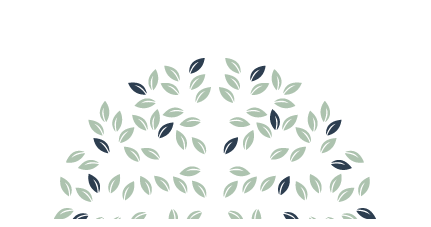October 20, 2025
By: Erika Casamalhuapa
With the rise of the internet and electronic devices, pornography use and porn addiction has increased over the last few decades, infiltrating families and homes. Porn addiction has become a rampant problem among adults and youth. Perhaps of utmost concern is the fact that children and teens can be especially vulnerable to it. Talking about pornography is not always comfortable, but exposing the harmful effects of pornography addiction is important.
Furthermore, while discussion surrounding porn addiction has become more common in the media, some celebrities have been sharing their stories to help bring awareness to this growing problem. It’s disturbing to learn their pornography addiction began very young. For example, Terry Crews, a former NFL player turned actor, was 12, Billy Eilish was 11, Justin Baldoni was 10, and Kanye West was only 5 years old when he saw a playboy magazine his father left out. They have all discussed the damaging effects of pornography viewing on their lives.
A recent survey of 1300 youth (ages 13-17) showed that 15% had first seen online pornography at age 10 or younger. They also found 58% saw it accidentally while 44% actively sought it out. These statistics show an urgency for parents to educate their children about harmful consequences associated with viewing obscene material. So what can parents do?
Educate Yourself About Porn Addiction
This problem is happening in countries all around the world, and the more knowledge we gain the better we can address the issue. Culture Reframed is a global organization of scholars, activists, and professionals devoted to confronting pornography’s effects on youth. Culture Reframed provides free courses. These include how pornography affects the brain, managing technology, along with intervention and recovery. There are specific programs for educators, professionals and parents. They also have an easy to use academic library filled with research to explore their topics in greater detail.
Talk About the Dangers of Pornography Early
Since the average age of pornography exposure is around 12, parents should have conversations early. Young children can be told a simple explanation of what it is and what to do if they see it. Older youth can have more in-depth discussions. There are numerous studies regarding the negative consequences of pornography. When children are exposed at a young age, it influences their perception of intimacy, consent, and relationships. Adolescents are at risk for early sexual initiation, multiple sexual partners, unprotected sex, reduced empathy, and aggression. These are concerning behaviors for unhealthy relationships and poor emotional development.
Create a Safe Space for Open Discussion
In our current digital climate, it’s not a matter of if a child will see pornography online, but when. If parents discover their child has seen pornography they should remain calm. Create a safe space for communicating to avoid a child shutting down. Having a parent or trusted adult start a conversation with a child creates an opportunity for communication that may not happen otherwise.
Some good websites that give age-appropriate advice for these conversations are Common Sense and Fight the New Drug. Not every conversation will go smoothly, but the protective benefits are worth the effort. We do not know when or where a child may see something and how it could affect them, so it’s important to begin these discussions early.
Make And Enforce Rules And Guidelines at home
There are many things parents can do to help protect their children and homes from inappropriate and harmful content.
- Keep Internet-connected devices our of kids’ bedrooms.
- Set age-appropriate parental controls.
- Check browser histories to monitor kids’ online behaviors.
- Encourage kids to talk about online activities.
- Encourage them to talk to you about any inappropriate material or unwanted sexual comments they receive online.
- Require older children to ask before downloading files off the internet and check for safety.
The Bottom Line
Children and adolescents can grow up to desire healthy relationships and families. Behaviors and perceptions learned in youth transfer into adulthood. The celebrities’ mentioned above each have a story of how early exposure to pornography opened the door to addictions that adversely affected their adult relationships. These examples are lessons and warnings for the next generation. It is important that society prioritizes the significance of teaching children to build resistance against the damaging effects of pornography.


